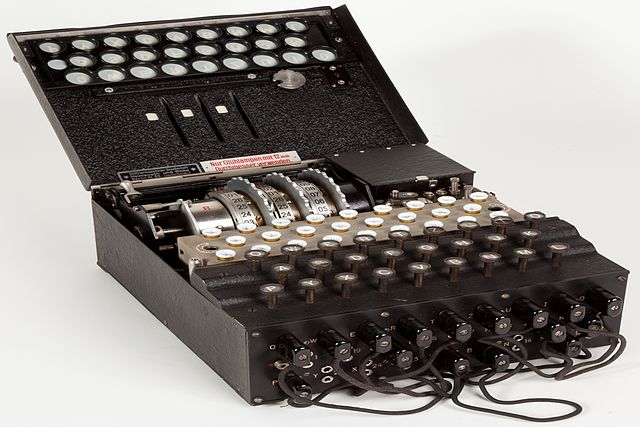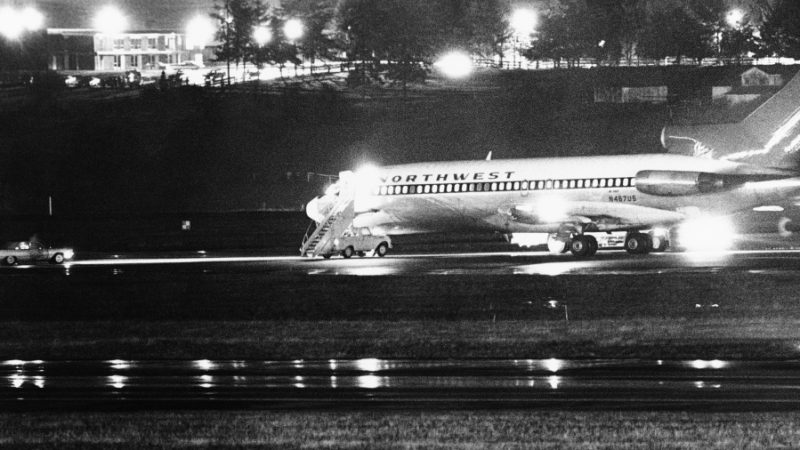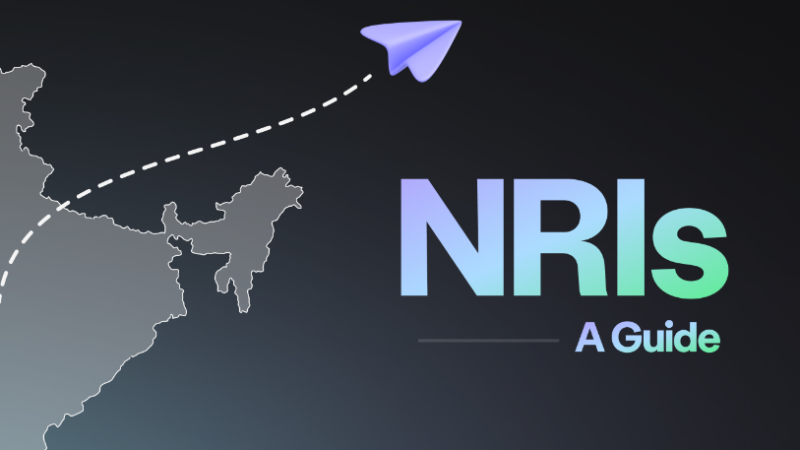Decoding EOD: Unveiling the Enigma Behind the Three-Letter Acronym

In the realm of acronyms, the business and military sectors have long been known for their prolific use of shorthand language to convey complex concepts succinctly. One such enigmatic trio of letters that often leaves individuals puzzled is “EOD.” As we delve into the depths of this acronym, we uncover its multifaceted meanings and unravel the diverse contexts in which it plays a crucial role.
The Roots of EOD:
EOD, standing for “Explosive Ordnance Disposal,” finds its roots in the military domain. It refers to the specialized techniques and processes involved in safely detecting, rendering safe, and disposing of explosive devices, ranging from unexploded bombs to improvised explosive devices (IEDs). EOD technicians, highly trained and equipped with advanced tools, undertake the perilous task of neutralizing explosive threats to safeguard lives and property.
Evolution in the Military:
The concept of Explosive Ordnance Disposal has evolved over the years, mirroring the advancements in warfare technology. Initially introduced during World War II to counter the growing threat of unexploded bombs, EOD has become an integral component of modern military operations. Today, EOD units are essential in both peacetime and conflict scenarios, dealing with conventional munitions, as well as the ever-evolving landscape of improvised explosive devices used by unconventional forces.
Beyond the Battlefield:
While EOD’s origins lie in military applications, its significance extends far beyond the battlefield. In the corporate world, EOD adopts a different meaning, representing “End of Day.” This finance-related acronym signifies the conclusion of a trading day on the stock market. Traders and investors often refer to the EOD price, which reflects the final trading value of a security for the day. Analyzing EOD data helps market participants make informed decisions based on the day’s trading activity.
Navigating Financial Markets:
In the financial realm, the EOD concept plays a pivotal role in assessing market trends, evaluating stock performance, and making strategic investment decisions. Investors keenly observe EOD prices to gauge the overall sentiment and make informed choices about buying, selling, or holding their positions. Market analysts use EOD data to generate charts and graphs that provide a visual representation of price movements, helping them identify patterns and potential future trends.
EOD in Information Technology:
Expanding its reach into the technological landscape, EOD also stands for “End of Document” in the context of information technology. This designation marks the conclusion of a file or data stream, indicating that no additional content follows. Programmers, developers, and IT professionals frequently encounter this EOD tag when working with data files, ensuring accurate parsing and interpretation of information.
End of Day Rituals:
The EOD acronym transcends its formal definitions, seeping into everyday language to describe a range of practices and routines. In personal and professional spheres alike, individuals often use the term “End of Day” to signify the conclusion of their work or daily responsibilities. It encapsulates the idea of winding down, reflecting on achievements, and preparing for the challenges of the next day.
EOD in Emergency Services:
In emergency services, EOD takes on yet another meaning, representing “Emergency On Demand.” This acronym underscores the rapid and responsive nature of emergency services, emphasizing the need for immediate assistance when unforeseen crises arise. Whether it be medical emergencies, fire incidents, or other critical situations, EOD reflects the swift mobilization of resources to address urgent needs.
Conclusion:
The journey into the world of EOD reveals a tapestry of meanings woven into diverse sectors, each contributing to the richness of its significance. From its origins in military operations, where it symbolizes the intricate dance with danger to neutralize explosive threats, to its adaptation in finance, technology, and daily routines, EOD stands as a versatile acronym with multifaceted interpretations. In grasping the full form of EOD, we not only gain insight into the specialized domains of explosive ordnance disposal but also appreciate its broader applications in shaping our understanding of the military, financial markets, information technology, and emergency services.
What does EOD stand for?
-
- EOD stands for “Explosive Ordnance Disposal” in the military context. It also has other meanings in different domains.
Can you explain the military significance of EOD?
- Certainly. In the military, EOD refers to the specialized field of Explosive Ordnance Disposal. It involves detecting, rendering safe, and disposing of explosive devices, ranging from unexploded bombs to improvised explosive devices (IEDs).
How has the concept of EOD evolved in the military over the years?
- Initially introduced during World War II, EOD has evolved to become an essential component of modern military operations. It now encompasses dealing with conventional munitions as well as improvised explosive devices used by unconventional forces.
Is EOD limited to military applications?
- No, EOD has diverse meanings in various contexts. In finance, EOD stands for “End of Day,” representing the conclusion of a trading day on the stock market. It is also used in information technology and emergency services with different meanings.
How is EOD used in the financial sector?
- In finance, EOD stands for “End of Day.” Traders and investors use EOD data to assess market trends, evaluate stock performance, and make informed decisions about buying, selling, or holding positions.
What is the significance of EOD in information technology?
- In information technology, EOD stands for “End of Document.” It is used to signify the conclusion of a file or data stream, indicating that no additional content follows. This is crucial for accurate data parsing and interpretation.
Does EOD have any applications in daily routines?
- Yes, the term “End of Day” is commonly used in everyday language to signify the conclusion of work or daily responsibilities. It encapsulates the idea of winding down, reflecting on achievements, and preparing for the next day.
What does EOD represent in emergency services?
- In emergency services, EOD stands for “Emergency On Demand.” This emphasizes the rapid and responsive nature of emergency services, highlighting the need for immediate assistance in unforeseen crises.
Are there any specific rituals associated with EOD in different contexts?
- While EOD has formal definitions in various fields, it also serves as a colloquial term for ending the day’s work or responsibilities, reflecting on accomplishments, and preparing for the challenges ahead.
Can EOD be used as an acronym for other terms?
- Yes, depending on the context, EOD can represent different phrases or concepts. It is essential to consider the specific field or industry to determine the accurate meaning of EOD in a given context.
- While EOD has formal definitions in various fields, it also serves as a colloquial term for ending the day’s work or responsibilities, reflecting on accomplishments, and preparing for the challenges ahead.
- In emergency services, EOD stands for “Emergency On Demand.” This emphasizes the rapid and responsive nature of emergency services, highlighting the need for immediate assistance in unforeseen crises.
- Yes, the term “End of Day” is commonly used in everyday language to signify the conclusion of work or daily responsibilities. It encapsulates the idea of winding down, reflecting on achievements, and preparing for the next day.
- In information technology, EOD stands for “End of Document.” It is used to signify the conclusion of a file or data stream, indicating that no additional content follows. This is crucial for accurate data parsing and interpretation.
- In finance, EOD stands for “End of Day.” Traders and investors use EOD data to assess market trends, evaluate stock performance, and make informed decisions about buying, selling, or holding positions.
- No, EOD has diverse meanings in various contexts. In finance, EOD stands for “End of Day,” representing the conclusion of a trading day on the stock market. It is also used in information technology and emergency services with different meanings.
- Initially introduced during World War II, EOD has evolved to become an essential component of modern military operations. It now encompasses dealing with conventional munitions as well as improvised explosive devices used by unconventional forces.
- Certainly. In the military, EOD refers to the specialized field of Explosive Ordnance Disposal. It involves detecting, rendering safe, and disposing of explosive devices, ranging from unexploded bombs to improvised explosive devices (IEDs).
- EOD stands for “Explosive Ordnance Disposal” in the military context. It also has other meanings in different domains.
These FAQs aim to provide a comprehensive understanding of the various meanings and applications of the acronym “EOD” across different domains.






